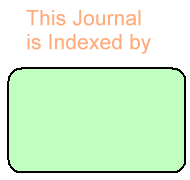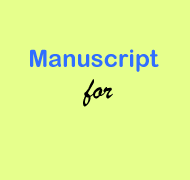Mohammad Intakhab Alam1,
Syam Mohan2,3,
Mohammad Ashafaq4,
Ahmad Salawi1,
Dalin A Hassan4,
Wedad Mawkili4,
Rahimullah Siddiqui4,
Sohail Hussain4 ![]()
For correspondence:- Sohail Hussain Email: shussainamu@gmail.com Tel:+966-5314389
Received: 21 January 2024 Accepted: 13 April 2025 Published: 07 May 2025
Citation: Alam MI, Mohan S, Ashafaq M, Salawi A, Hassan DA, Mawkili W, et al. Nanostructured lipid carriers loaded with capecitabine modulate apoptosis via IL-6 signaling: A novel approach to targeted cancer therapy. Trop J Pharm Res 2025; 24(4):459-468 doi: https://dx.doi.org/10.4314/tjpr.v24i4.2
© 2025 The authors.
This is an Open Access article that uses a funding model which does not charge readers or their institutions for access and distributed under the terms of the Creative Commons Attribution License (http://creativecommons.org/licenses/by/4.0) and the Budapest Open Access Initiative (http://www.budapestopenaccessinitiative.org/read), which permit unrestricted use, distribution, and reproduction in any medium, provided the original work is properly credited..
Purpose: To examine the impact of capecitabine-loaded nanostructured lipid carriers (NLC) on cancer cell death mechanisms and apoptosis through interleukin-6 (IL-6) signaling system. Method: In a triplicate MTT assay, cell viability was assessed using 100 μg/mL capecitabine-loaded nanostructured lipid carrier (NLC) formulation. Apoptotic DNA degradation was determined by DNA fragmentation analysis. The molecular processes behind cellular responses were clarified by gene ex
Archives


News Updates